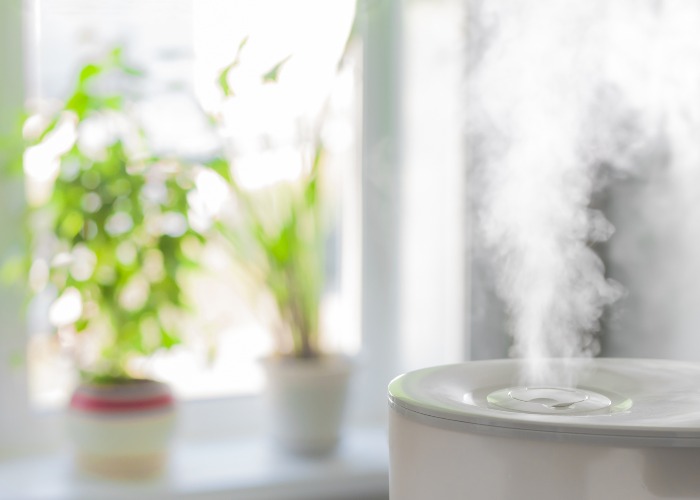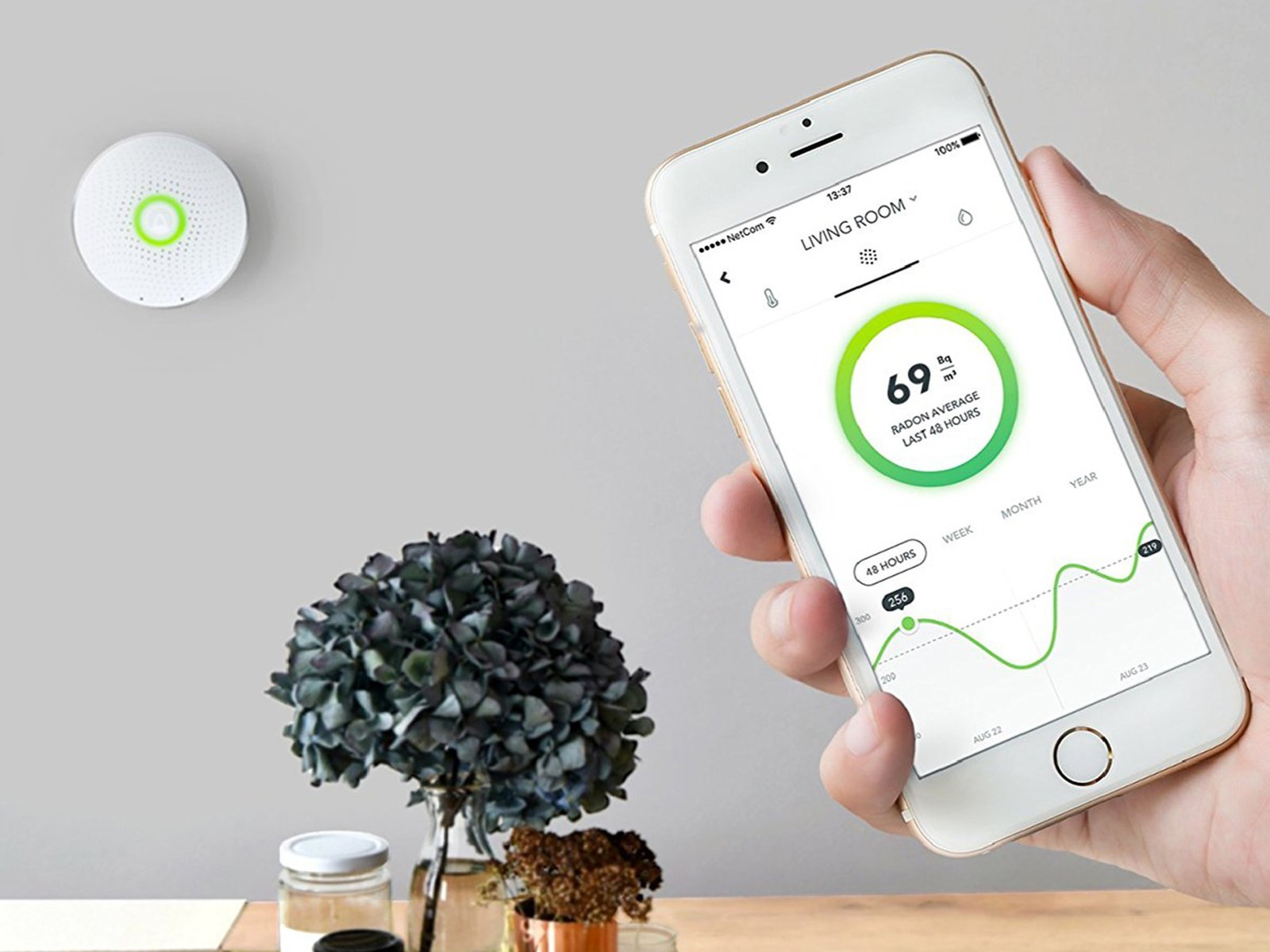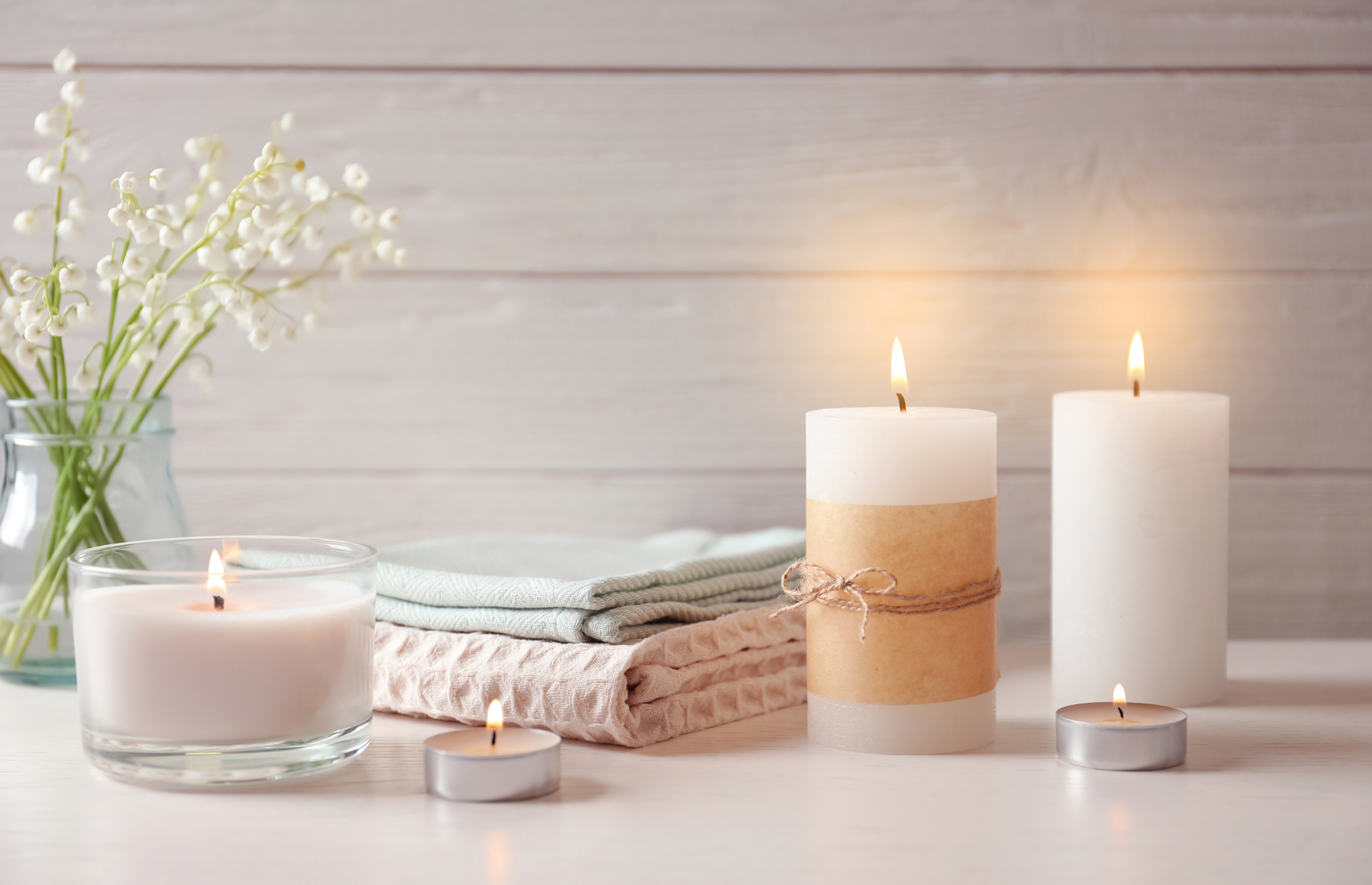The cancer-causing gas in every home – and how to spot the signs

With high levels of radon posing a serious health risk, these are the steps you can take to protect your household
While many of us are aware of the dangers of carbon monoxide poisoning, Radon is a lesser-known but equally dangerous threat in our homes.
A radioactive gas derived from rocks and soils, it's the leading cause of lung cancer among non-smokers.
Radon is present in every household and high levels pose a serious health risk to residents, yet more than half of homes in the UK haven't been tested for it.
READ MORE: Discover the hidden hazards lurking in your home
Research carried out for Airthings, makers of radon and air quality monitors, found that two-thirds of adults don’t know what radon is or that it can cause cancer.
“In fact, radon-induced lung cancer kills more people than house fires and carbon monoxide combined,” said an Airthings spokesperson. “It’s an invisible radioactive gas with no smell or taste.”
Test your air quality
Radon levels are usually low indoors, but some homes have hazardously high levels, usually due to ventilation issues or their location and construction.
While large quantities of radon are a danger to health, more than half of the 2,000 people surveyed by OnePoll had not had the air quality in their homes tested.
 Image: Airthings Wave
Image: Airthings Wave
“The first step is to have your home tested to get an indication of the severity of the problem,” said the Airthings spokesperson. Levels of measure above 200 Bq m-3 require action and you can find out if you’re in a high-risk area by buying a Radon Risk Report from Public Health England.
To test your property itself, it's recommended that you install radon detectors in various rooms of your home for a three-month period – there are even smart sensors available that allow you to monitor levels from your phone.
However, radon isn’t the only problematic gas that homeowners should be aware of. While volatile organic compounds (VOCs) aren't as potentially toxic as radon, they can still cause headaches, sore throats and fatigue.
What’s more, they can be released by carrying out seemingly harmless everyday activities, such as burning scented candles and using non-organic cleaning products.
The study found many people are also putting themselves at risk of increased levels of radon and VOCs by not opening the windows while cooking or even by using diffusers.

Symptoms of radon and VOC exposure
Worryingly, the research also discovered that six in 10 people regularly suffer from symptoms that could be related to poor air quality.
A quarter of respondents suffered from headaches, 22% from dryness and irritation of the eyes, nose, throat and skin and 21% experienced fatigue.
One tell-tale sign that you may have high levels of VOCs in your home is a persistent cough among your home’s occupants. Others can include low energy, worsening asthma and breathing difficulties.
Your home itself could offer up clues if your air quality is poor, for example, persistent mould and dying plants are typical signifiers of high levels of harmful compounds.
How to improve your home's air quality
Luckily, there are steps that can be taken to reduce the quantity of radon and VOCs in your household, from opening windows and not smoking indoors, to ensuring air humidity levels are kept between 30% and 50%.
It's also a good idea to vacuum regularly, take off your shoes at the front door and avoid synthetic fragrances such as plug-in diffusers and candles.
Buying house plants, investing in an air purifier and using natural cleaning products – as opposed to toxic chemicals – can help too.
READ MORE: Eco-friendly product swaps for a greener home
Featured image: Yury Stroykin / Shutterstock
Comments
Be the first to comment
Do you want to comment on this article? You need to be signed in for this feature